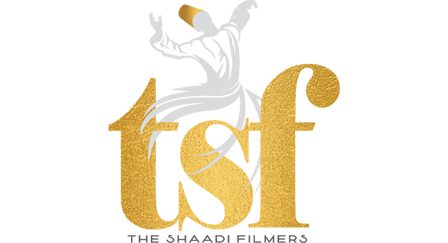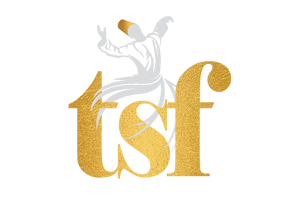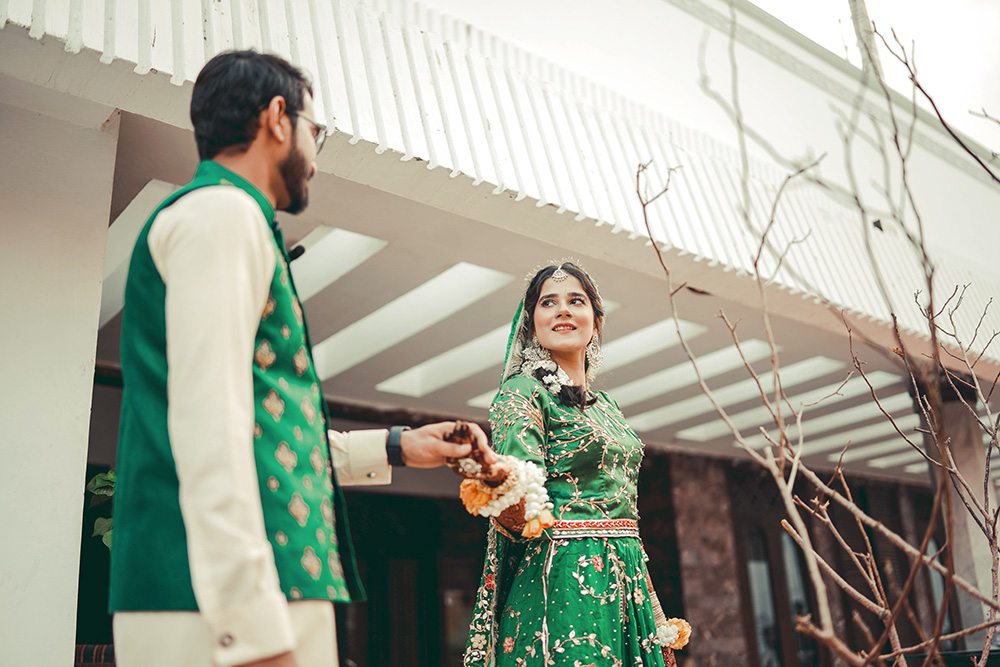
BEST TIME OF DAY TO TAKE PORTRAIT PHOTOS IN NATURAL LIGHT FOR COUPLES
When scheduling a portrait shoot, we've been asked, "What's the best time to take our portraits?" Some have heard that you should shoot at sunrise or sunset, some have heard that a cloudy day is best, and still around have caught other advice.
But The Shaadi Filmers suggest the finest time of day to take portrayal photographs is in the couple hours after sunrise and the couple hours before sunset. Within that time, it is better to new growth after the morning golden hour or before the evening golden hour.
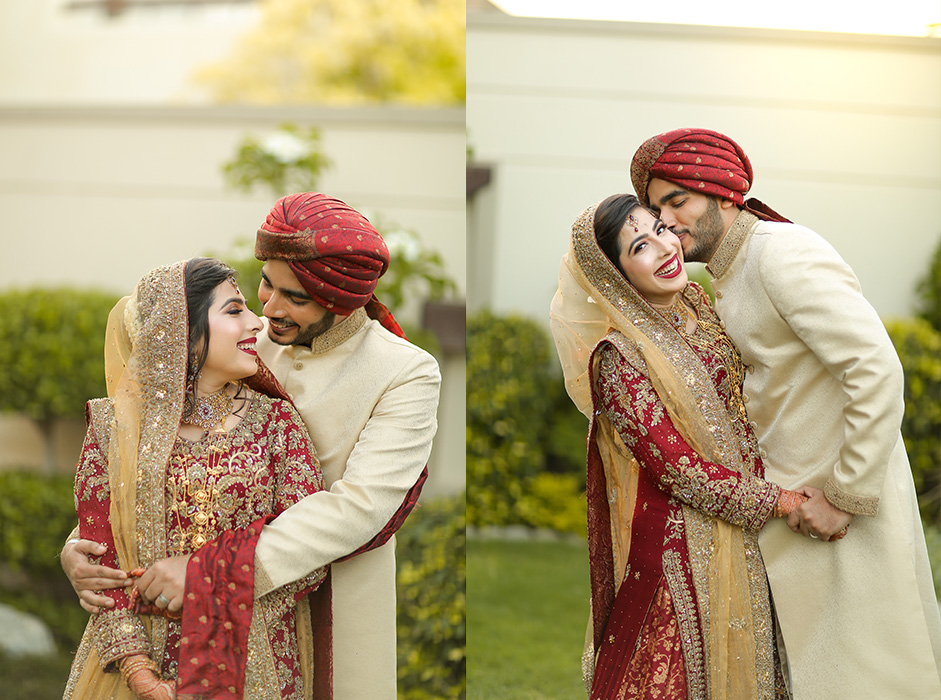
What is golden hour?
Golden hour is a time of day when the sun is stumpy in the sky. It transpires twice a day, at sunrise and sunset. Despite the name, it can last extended than an hour liable on where you are on the earth and what time of year it is. Because the sun is low in the sky, glooms are softer, and the viewpoints and distance are more gratifying. As the name suggests, the earnest colors are more projects at this time of day, which gives a satisfying look to descriptions.
Why is the best time not golden hour itself?
Golden hour is a countless time to make depictions, but there are a few motives why you are perhaps better off concentrating on the time directly after morning golden hour, or proximately before golden hour.
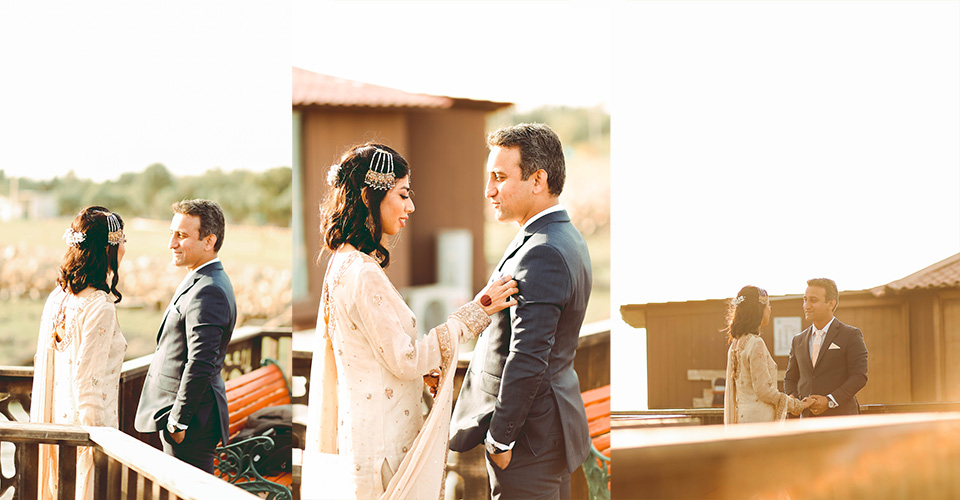
Light changes quickly during the golden hour
Golden hour is a transitory moment, particularly when doing a portrait Out Door shoot, and it is a time of constantly changing light. Shooting during golden hour needs that locations are altered often, and it can be easy to spend too much time on the technical details and do not have time for creativity. Choosing a time where the sun is a little higher in the sky gives an enjoyable light and one that is more reliable and expectable.
Also read : TOP 5 OUTDOOR LOCATIONS FOR PHOTO SHOOT IN KARACHI
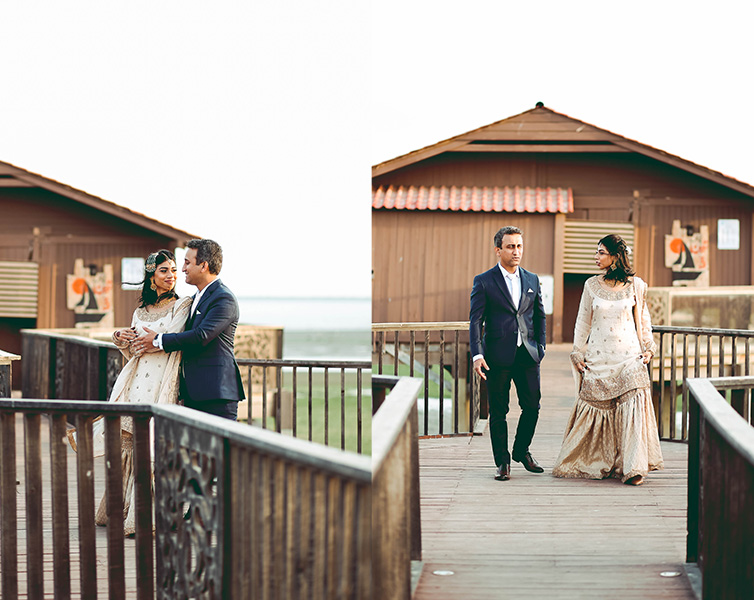
Sun as backlight
The Shaadi Filmers favorite way to shoot in this light. Place your focus between your camera and the sun. You can show with the position here, so the sun could be straight behindhand your subject, or someplace behind your subject but in edging. These will harvest different looks. Backlighting shows superiority detail, so make sure that wandering hair and other possible interruptions are under the switch. The significant practical detail in this arrangement is to make sure that you set your experience to correctly depiction the focus, not the related. Spot metering can help to handle this incorrectly. Your background will likely setback out to white when shooting this way. If you want to keep that below the switch, use an indicator to put about light on your subject. This will decrease the lively range between the topic and the background.
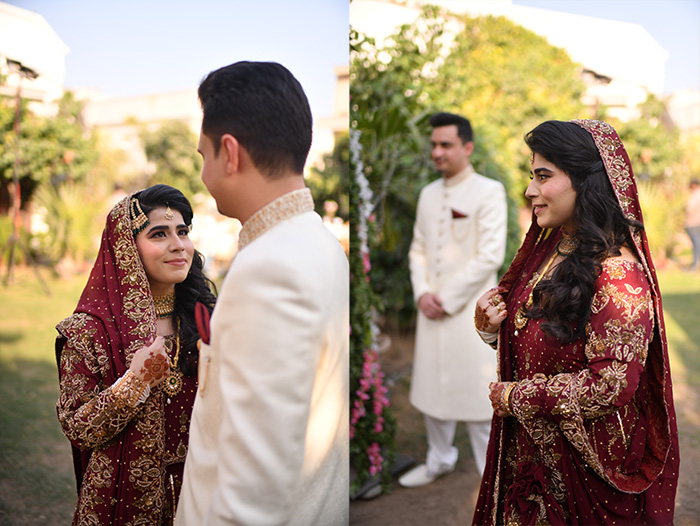
Sun as key light
Putting the sun behind you or to your side can work in convinced situations as well. Wherever that you would place a key light (directly over your camera, rotten to the side at 45 grades, or smooth riskier angle) is a place that you can put the sun. The sun will perhaps still be little sufficient that this can be a justly lenient light. You'll most likely want an indicator to unstiffen glooms on the face. I like to put the sun at a more aggressive angle, like 60 grades to one lateral of the topic, and make sure that I can fill in the glooms with a reflector. Keep in mind that a strong viewpoint will emphasize possibly unbecoming part of the expression, so use this setup with carefulness. Also, do pay attention to the strength of the light. It will likely be too robust and your subject will be involuntary to evade peering. This setup won't constantly work.
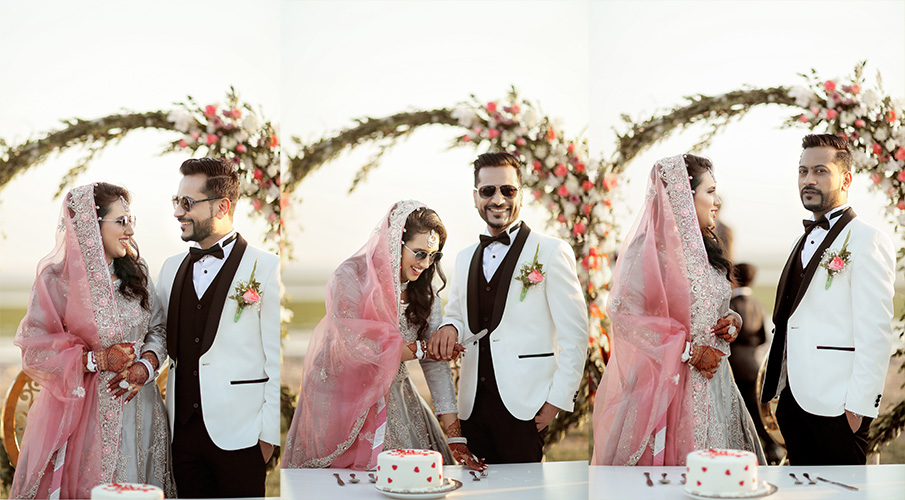
Sun is hidden
Additional thing The Shaadi Filmers do is to put the sun behind somewhat, like a bush. Of course, you can sprout in shadow at any time of day (more on that below), but by tapping the sun behind a thing, you can get stimulating happiness and ambient brightness off of that thing. I like to put the sun behind a big tree, and then put my subject in front of a tree. The shades should be OK because the sun is congested, and the tree will give a stimulating, rim-lit glow.
What if I have to shoot midday?
Taking pictures noontime is more difficult, but don't let anybody tell you that it is terrible. You just need to know the limits of that type of bright, and discovery habits to effort about it. Here are three fast tips on shooting noontime.
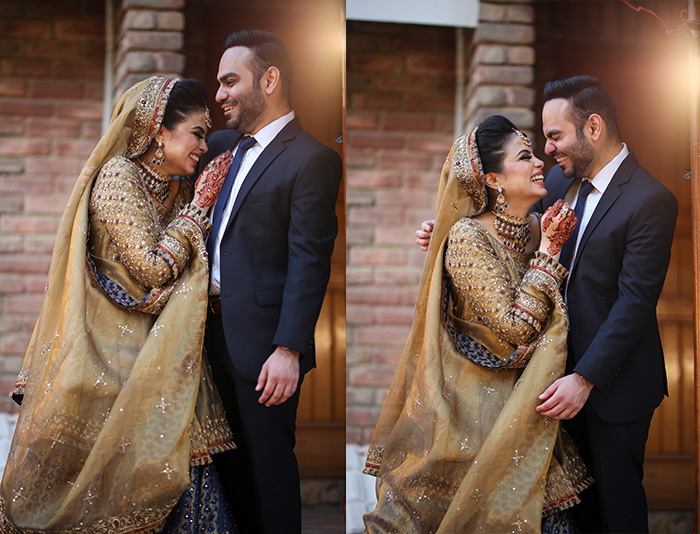
Find the shade
If the evolution between sunny and shadow is punitive and unpleasant, the easy answer is to go anywhere that is pure gumshoe. This is a restraint you will have to reflect on when choosing a location to sprout. My favorite bases of shade are large trees, sides of structures, and estate pavilions. When shooting under somewhat like a tree, be sure that you are in a clean shade. If the leaf cover is not thick sufficient, you can be left-hand with splotchy chaos, so do timepieces available. If you are anywhere where there is no shadow, you can permanently make your own. For shooting up close, it can be as humble as using an indicator to chunk the sun. For superior systems, you can obtain or make a bright tent or other large dispersal boards. These are in essence parts of shining rip-stop nylon on about kind of edge that will wordy sunlight. You can make them with materials from your local hardware and skill stores!
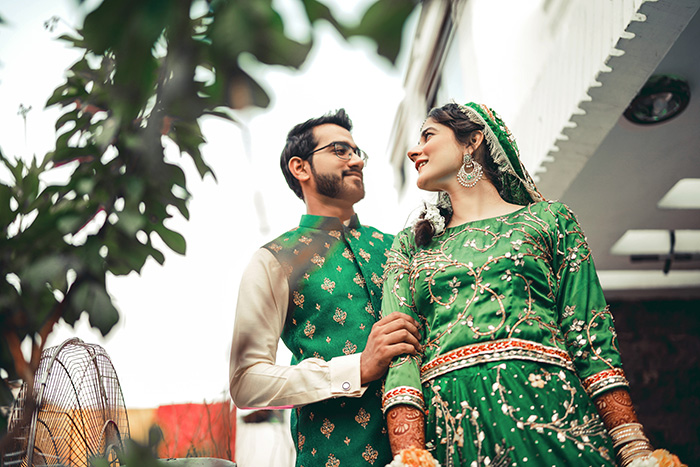
Get fill light
At noontime, the shadows universally are strict, but they are most visible on your focus. Using an indicator or fill showy if you have one will reject the worst of the problem.








